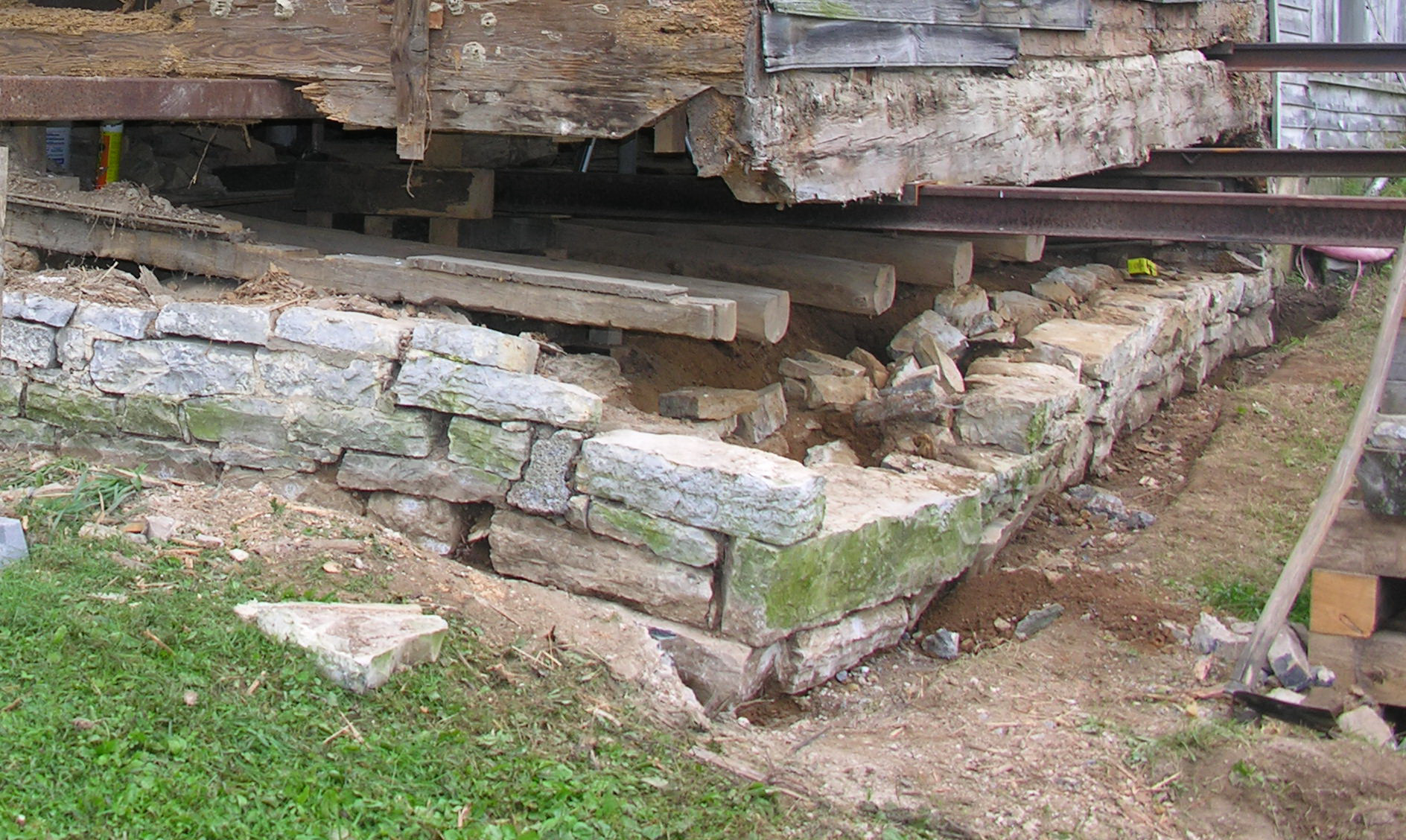
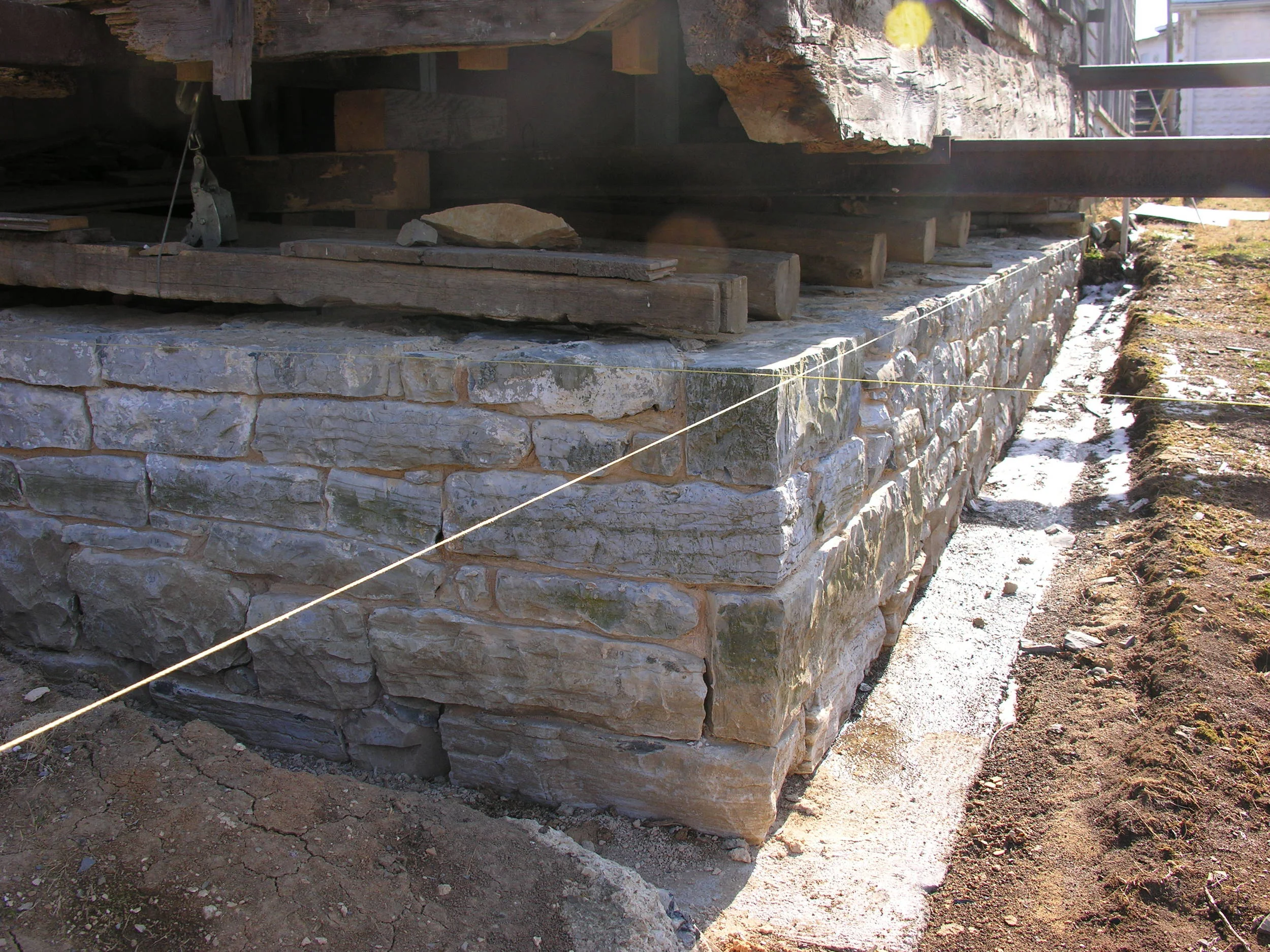
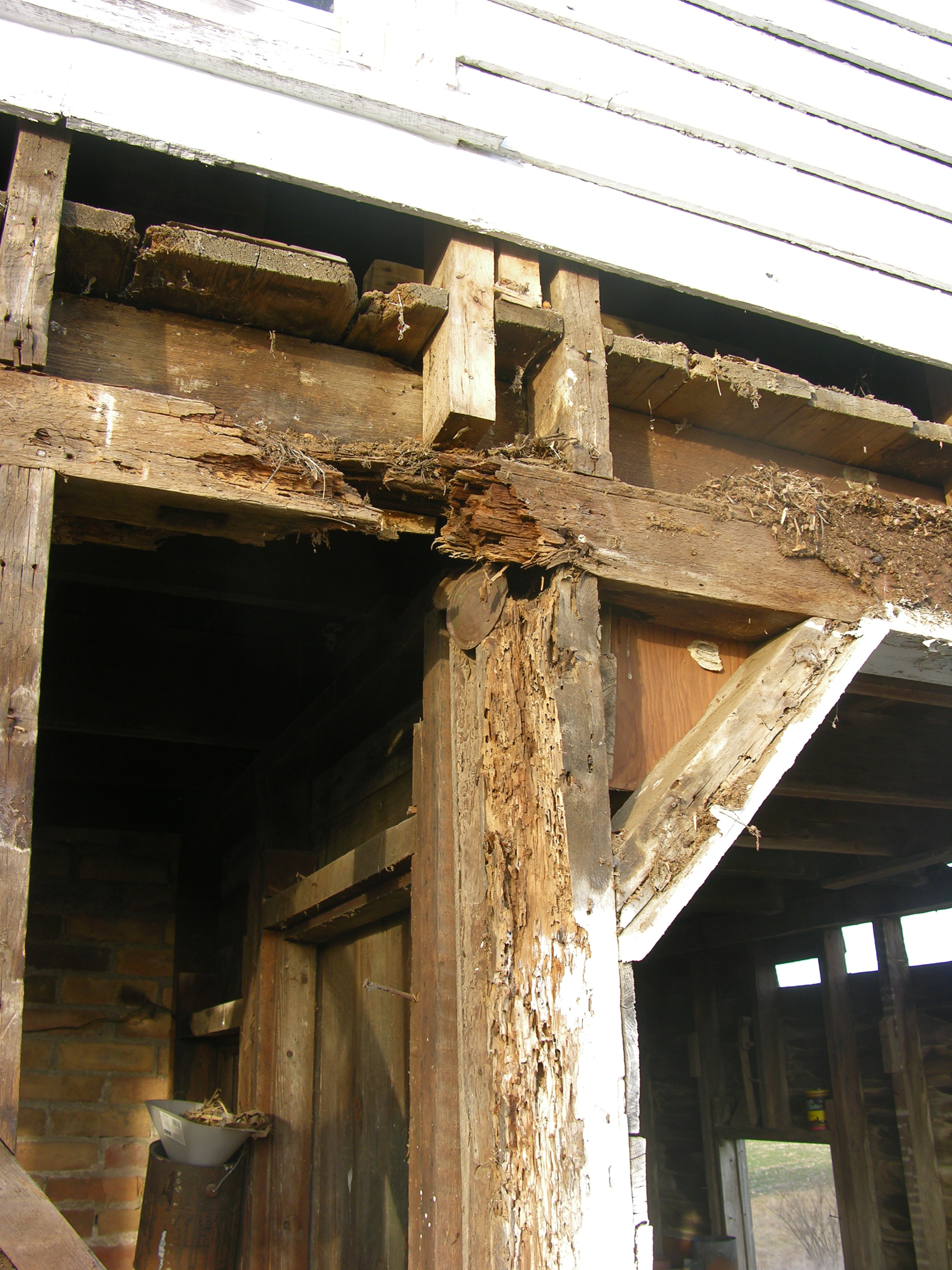
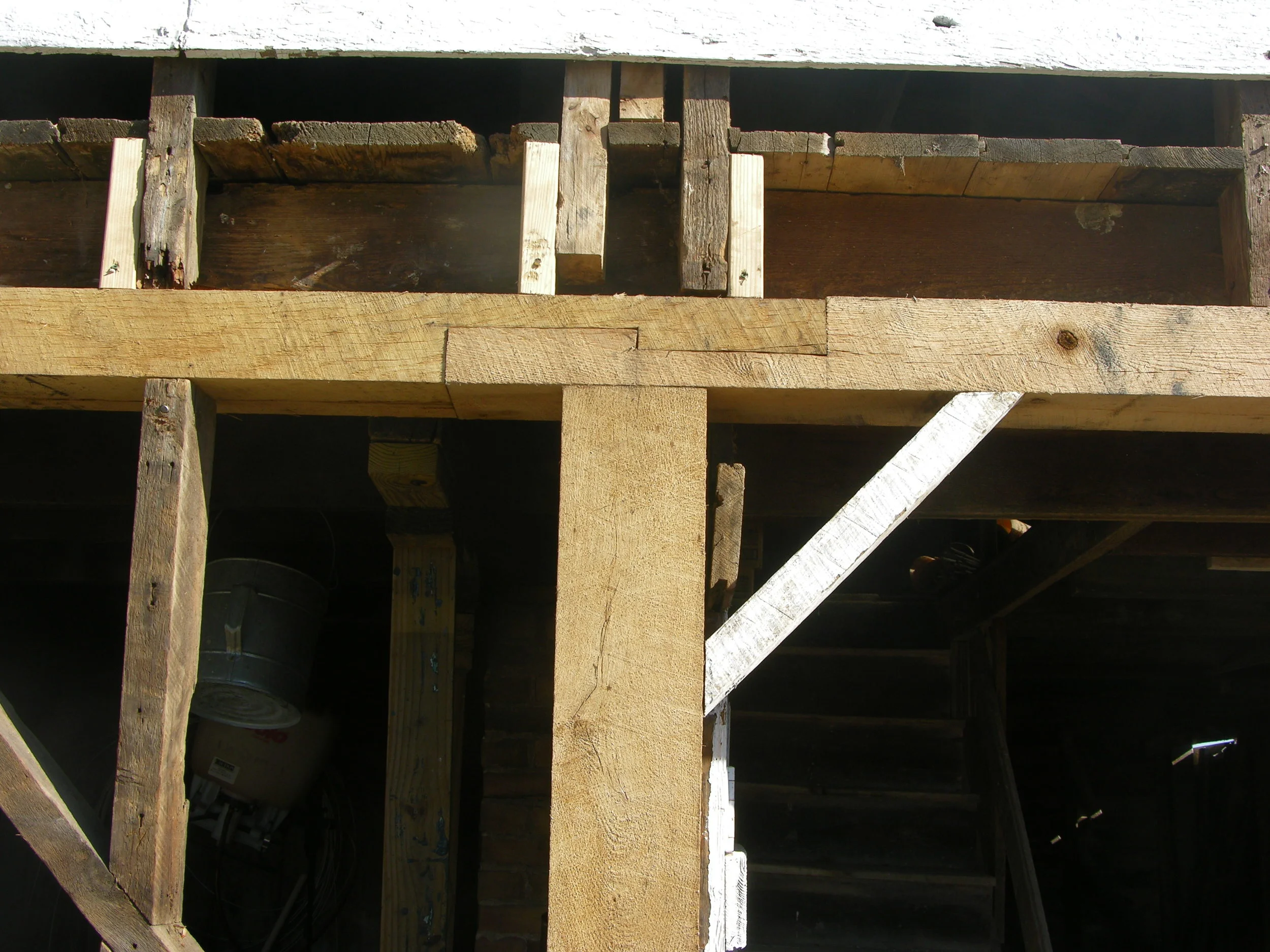

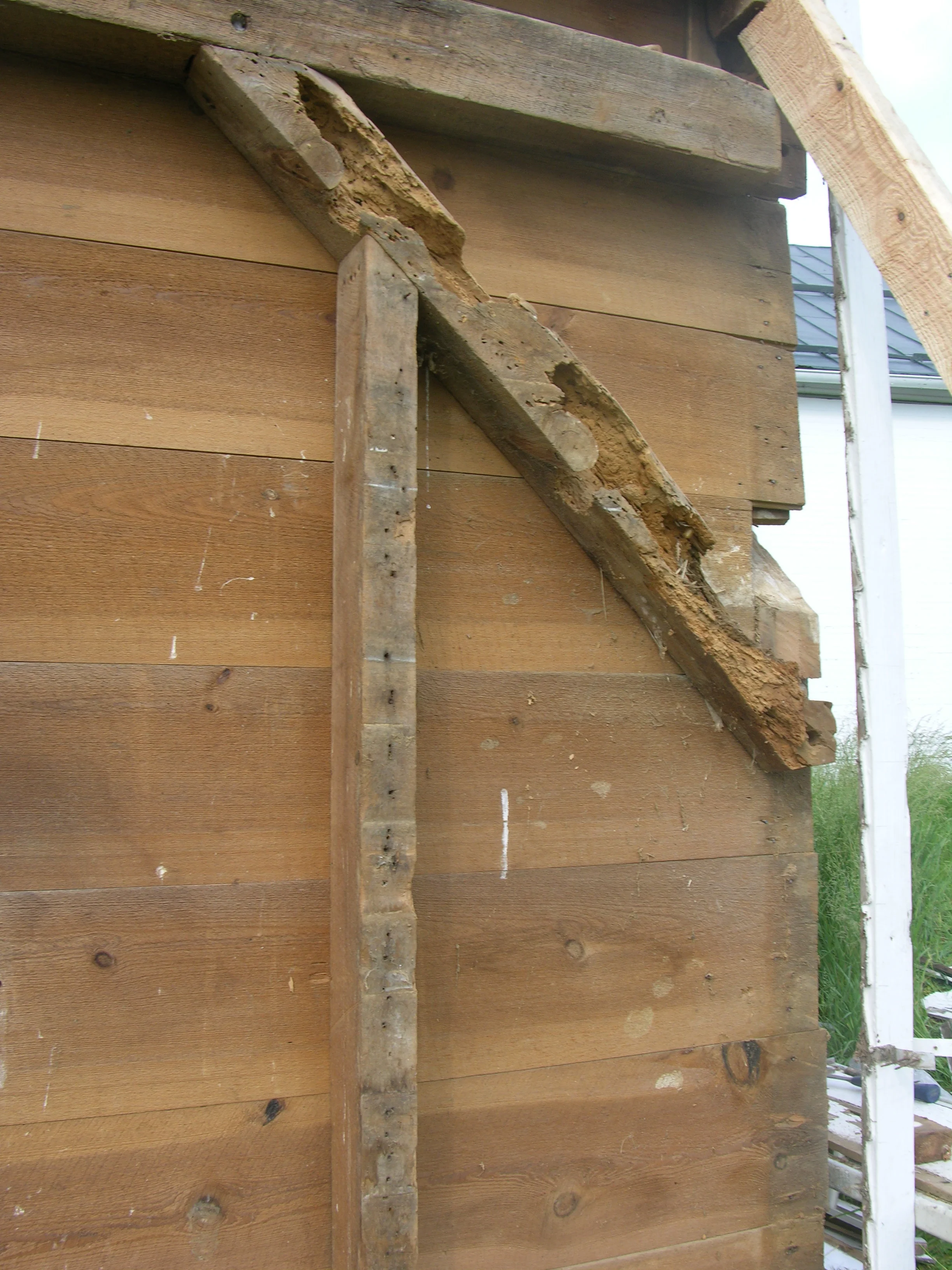
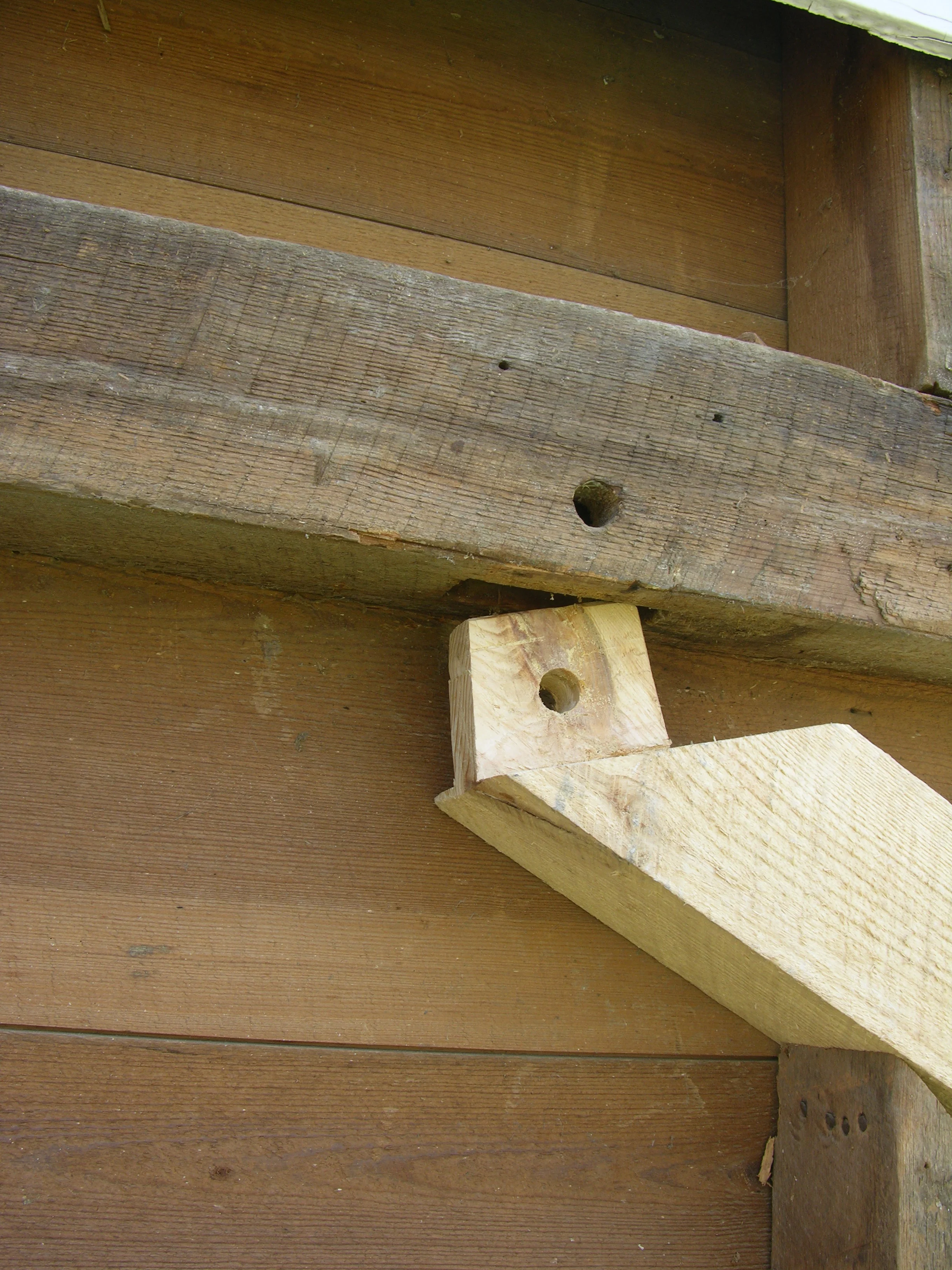
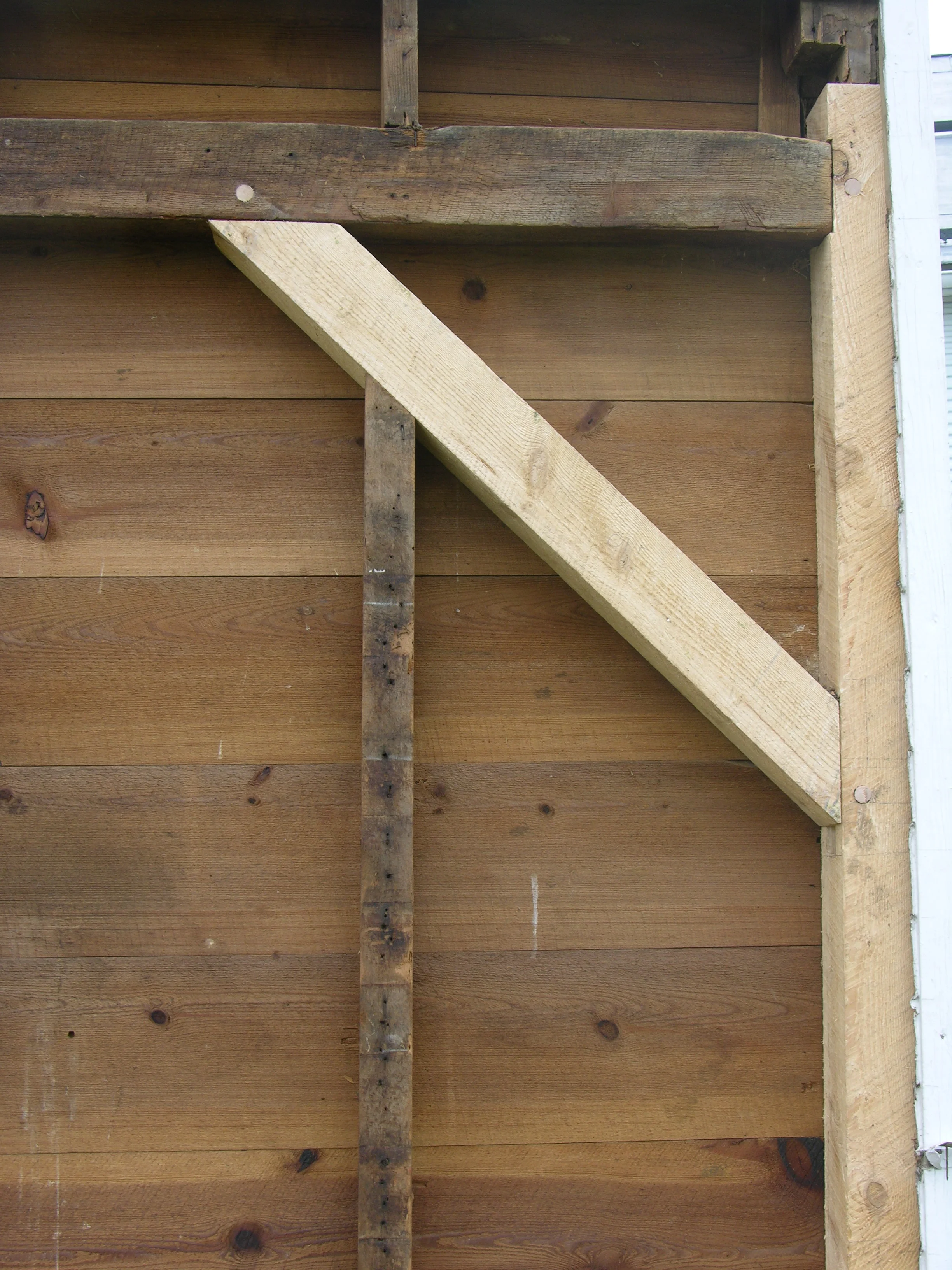
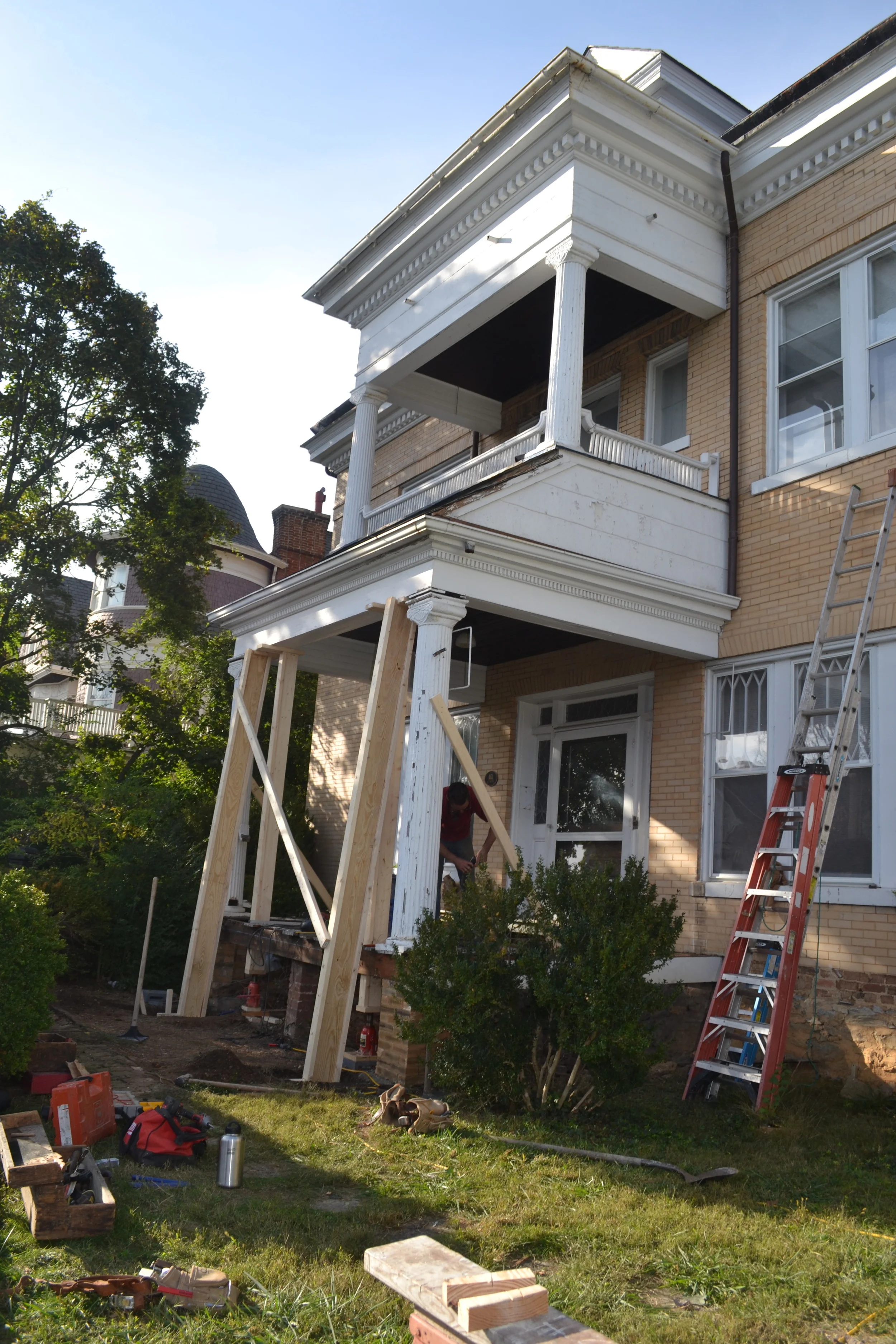
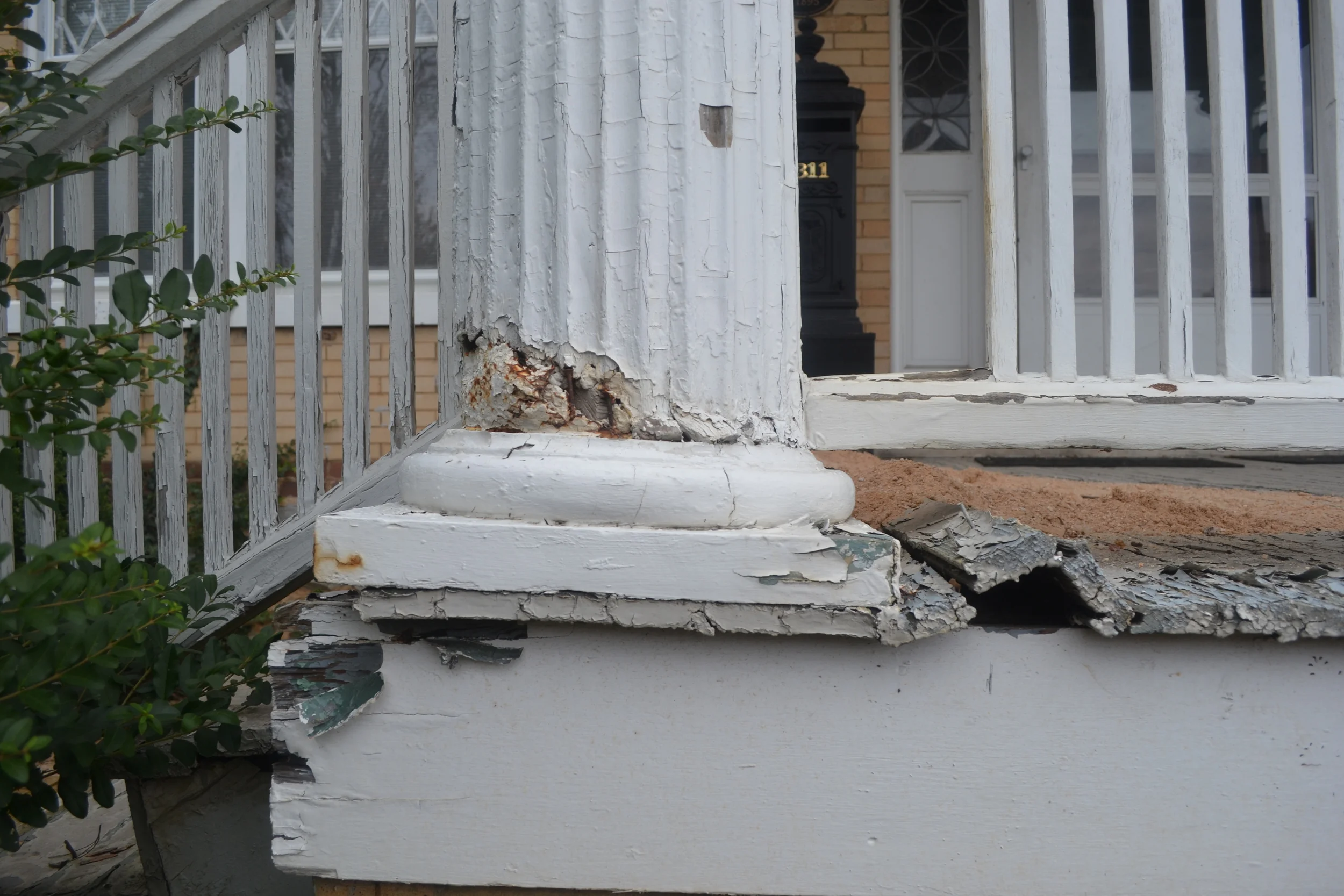
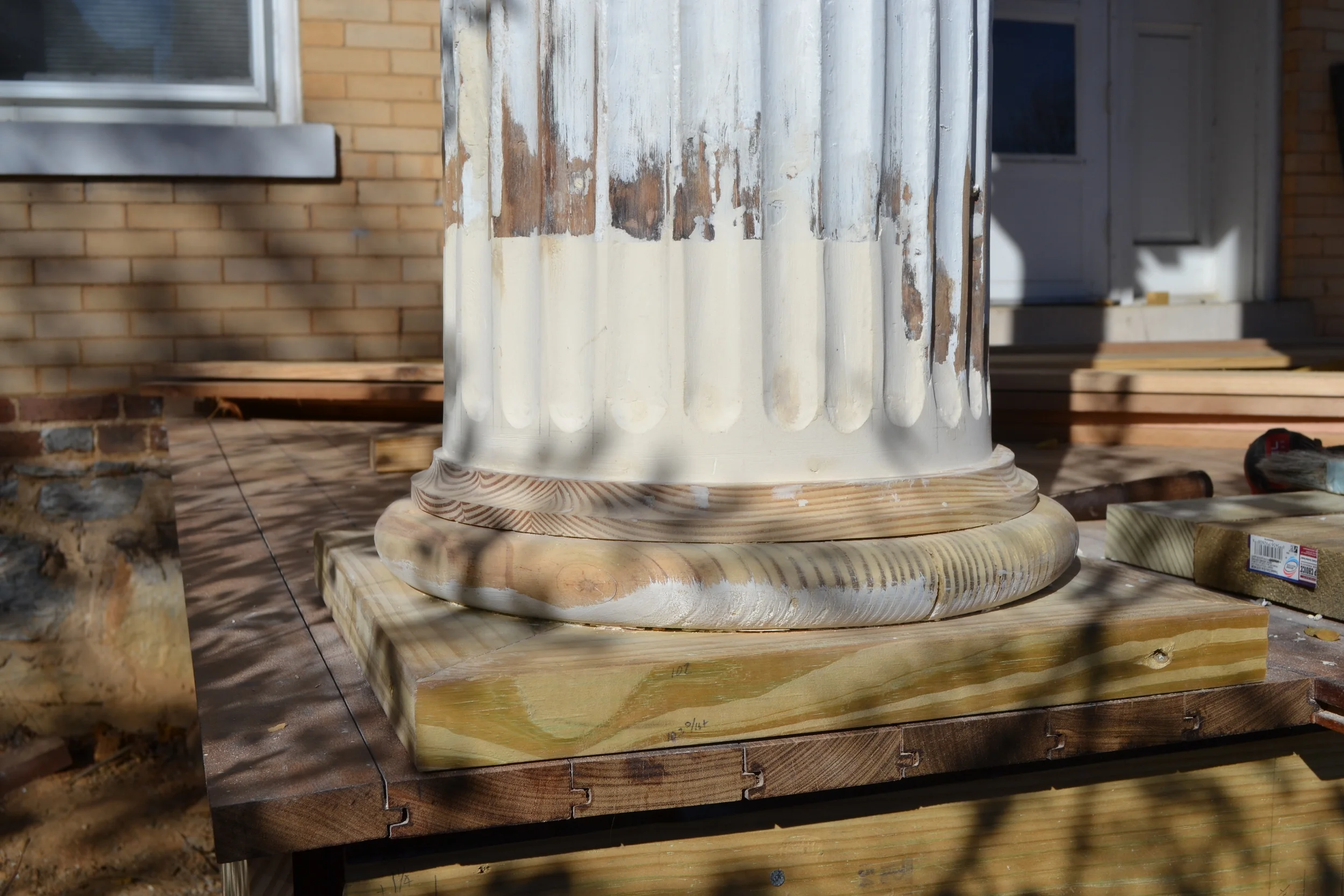
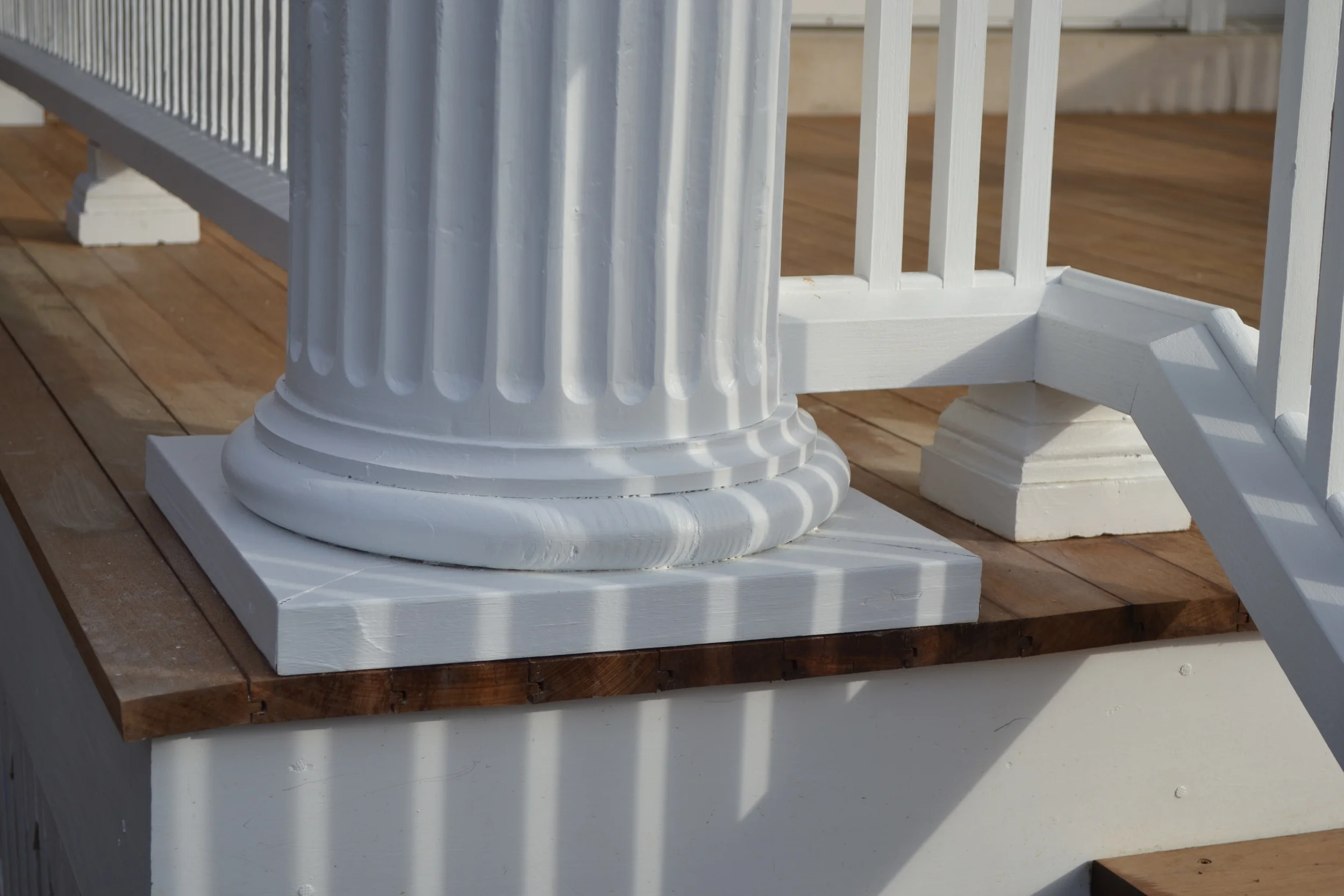


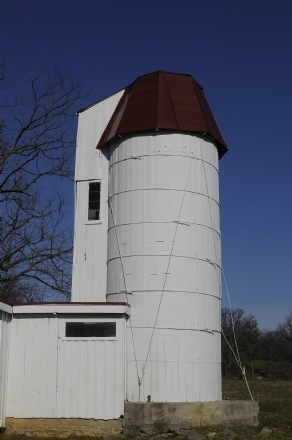
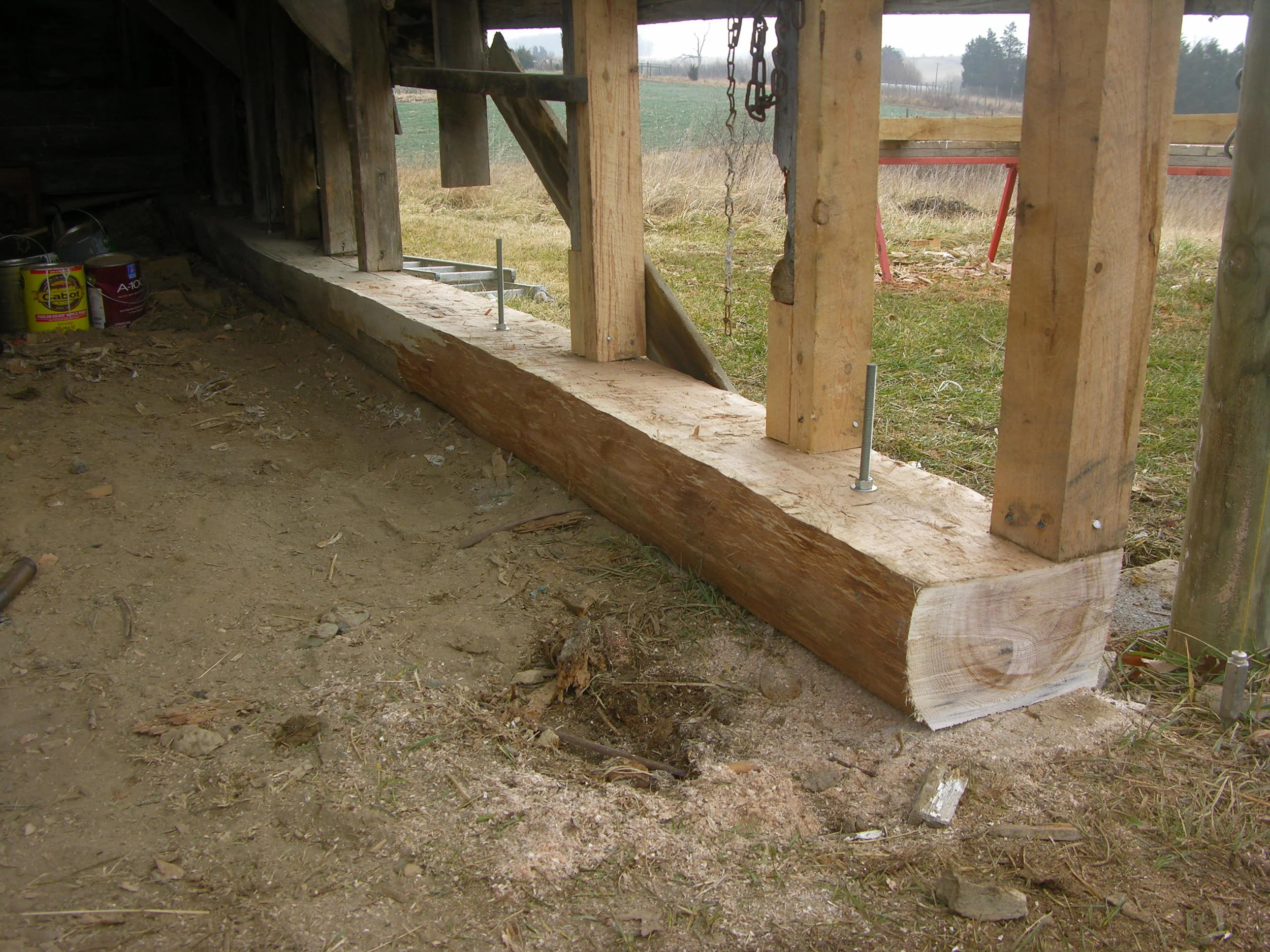
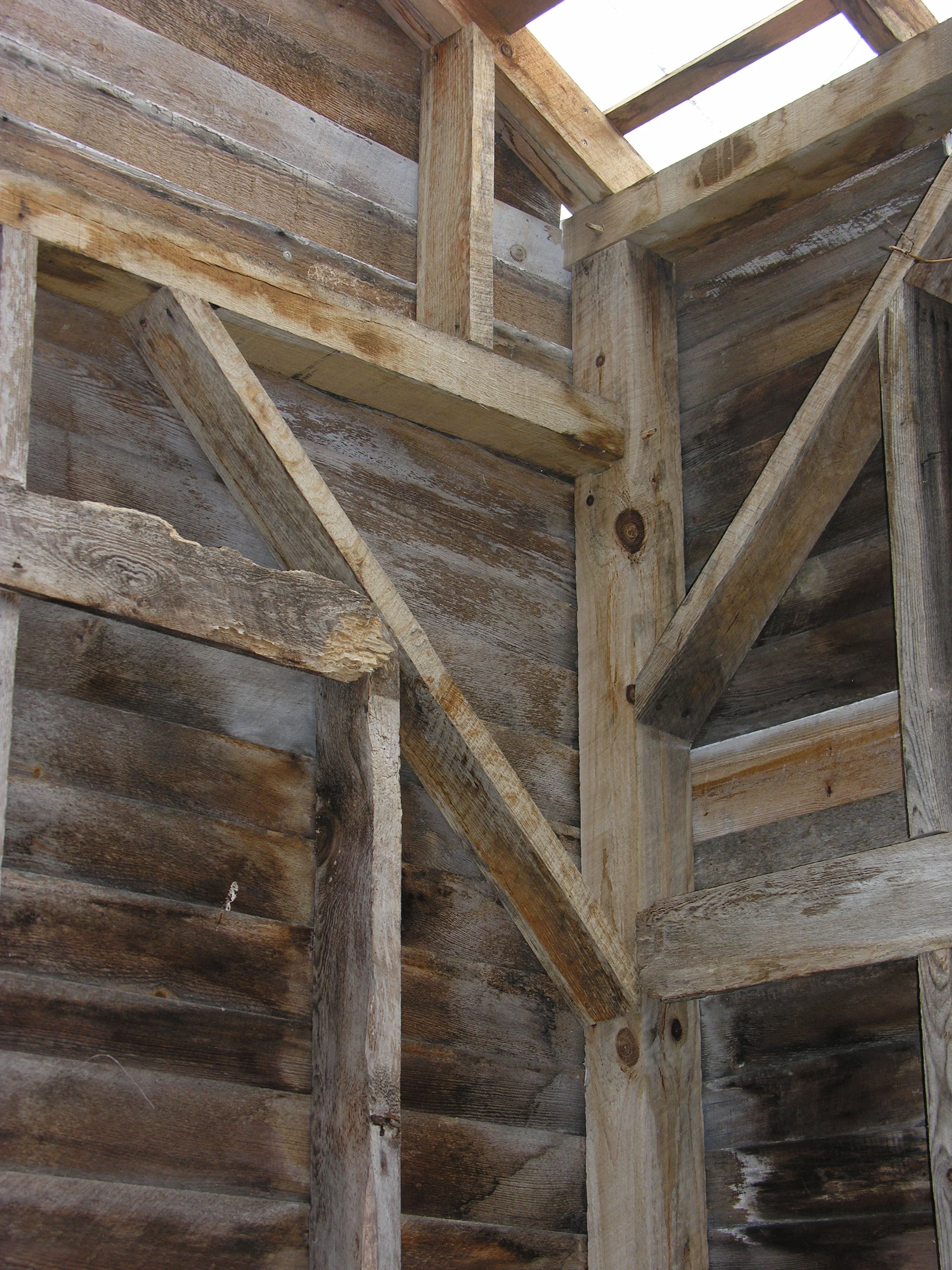
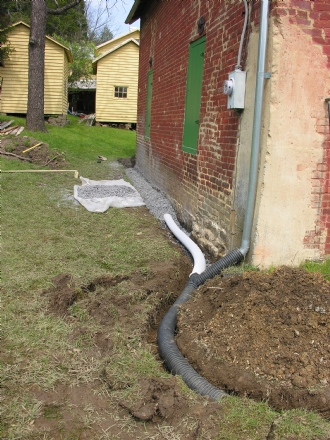
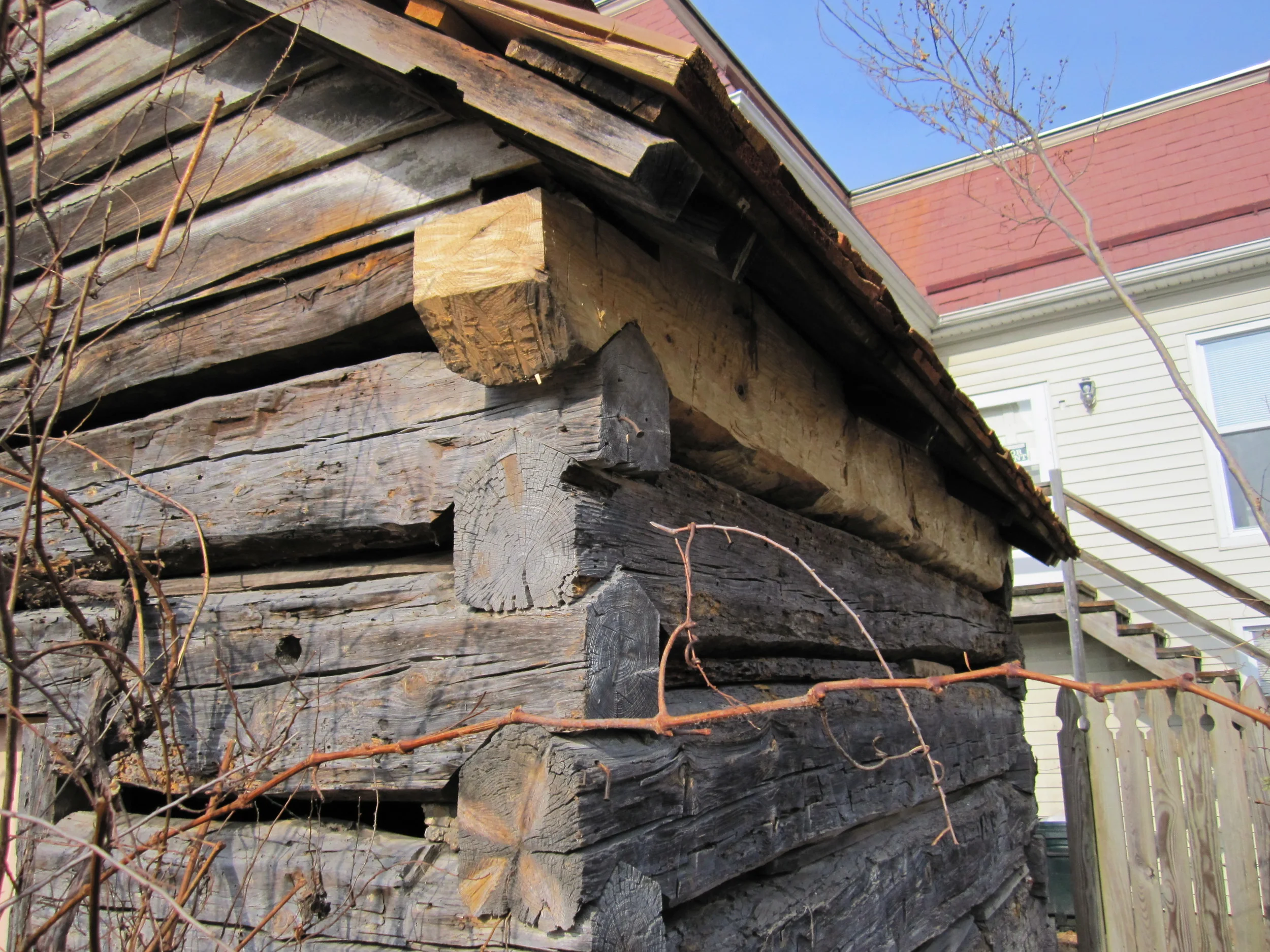
Your Custom Text Here

From log replacement to creating proper drainage, structural stabilization is a vitally important and often neglected first step of building maintenance.
From log replacement to creating proper drainage, structural stabilization is a vitally important and often neglected first step of building maintenance.

Samuel Meyers House 1760
Foundation collapse.

Rebuilt Limestone Foundation
New concrete footer and interior supporting wall will stabilize the historic limestone. The stones were meticulously documented and reconstructed.

Carriage House - Shenandoah Co., Virginia
Rot and termite damage to major timbers of a nineteenth century wash house.

Carriage House - Shenandoah Co., Virginia
Framing repaired with oak timbers.

Showalter House circa 1800 - Moores Store, Virginia
Log replacement.

Granary - Shenandoah Co., Virginia
Old termite damage had compromised the corner of this small 19th century timber-framed granary.

Granary - Shenandoah Co., Virginia
Angle brace was cut to fit into existing mortise with the hole drilled slightly offset in order to draw the joint together with a handmade oak peg.

Granary - Shenandoah Co., Virginia
Restored corner treated for termites and ready for weatherboarding.

James R Taylor house, 1895 - Staunton, Va
The east side of this porch had sunk into the ground several inches pulling the upper porch away from the house. The lower deck had suffered considerable but normal decay from 120 years of exposure.

Column Repair - James R. Tyler House
An original 1895 Mahogany column had rotted long ago, compromising the roof system and upper porch. Several short-sighted repairs had been attempted in the recent past.

Column Repair
This is an example of where modern materials are used to inconspicuously repair a hard to replace architectural detail and maintain structural integrity. The column was removed and a framework of load bearing staves were installed inside the hollow column. A lath system was attached to accept an epoxy repair which then was meticulously carved to blend into the fluting of the original mahogany.

Column Repair
With a little paint, a repair such as this is hard to detect and is structurally sound. To the right, a custom white oak hand rail was installed for a new set of stairs that matches the original 1895 design.

Samuel Meyers House 1760
Parts of this building had sagged 9 inches.

Wooden Silo
Old wooden silos have no framework and can therefore be challenging to repair structurally. Special hydraulic silo jacks were used to bring the structure plumb and repairs were made to the foundation.

Grain Silo finished
Custom tongue and groove staves were milled, installed, then reinforced internally with steel straps and cables.

Carriage Shed - Shenandoah Co., VA
New oak log sill spliced into old with a half-lap scarf joint. Adze finished to match the existing exposed framing and transition seamlessly into the rear section.

Oak beams on this braced-framed outbuilding were reconstructed in the original manner using pegged mortise and tennon joints.

Fort Valley Museum, 1841
Proper drainage is one of the most important and also neglected aspects of stabilizing a building.

Smokehouse - Mt Jackson, Va
A rafter plate was recreated and a new roof system was installed to protect this historic structure.